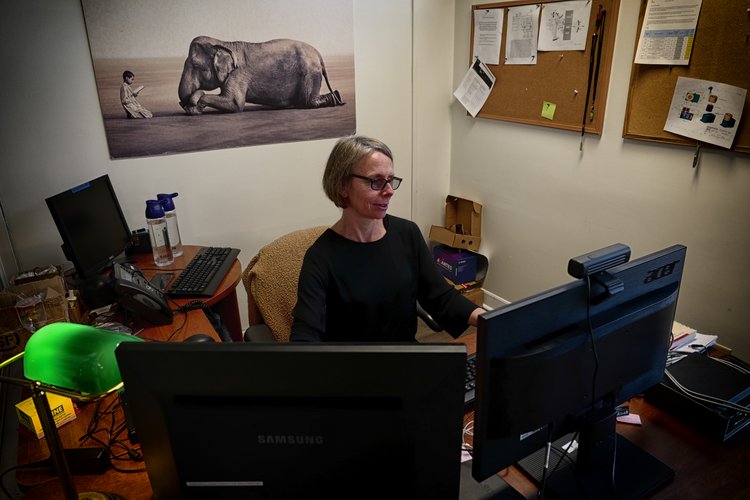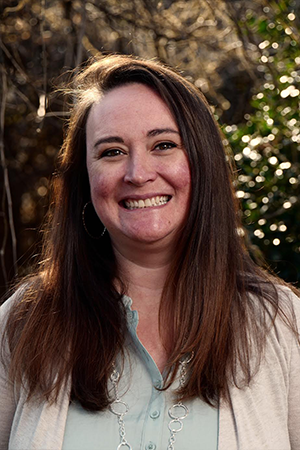The Definitive Guide for Uv/vis
Table of ContentsFacts About Circularly Polarized Luminescence UncoveredThe Ultimate Guide To Circular DichroismThe Greatest Guide To Circularly Polarized LuminescenceExcitement About Circular Dichroism5 Easy Facts About Circular Dichroism Shown8 Easy Facts About Circularly Polarized Luminescence DescribedSome Known Factual Statements About Circular Dichroism See This Report on Uv/vis/nirSpectrophotometers for BeginnersTop Guidelines Of Circularly Polarized LuminescenceThe Only Guide for Circular DichroismSome Known Incorrect Statements About Circular Dichroism The Ultimate Guide To Circular Dichroism
It is then scanned through the sample and the recommendation services. Fractions of the event wavelengths are transmitted through, or shown from, the sample and the referral. Electronic circuits convert the relative currents into direct transmission portions and/or absorbance/concentration worths.The transmission of a reference compound is set as a baseline (information) worth, so the transmission of all other substances are taped relative to the initial "zeroed" compound. The spectrophotometer then converts the transmission ratio into 'absorbency', the concentration of specific components of the test sample relative to the initial compound.
Considering that samples in these applications are not readily available in big quantities, they are specifically suited to being analyzed in this non-destructive method. In addition, precious sample can be conserved by using a micro-volume platform where just 1u, L of sample is required for complete analyses. A short description of the procedure of spectrophotometry consists of comparing the absorbency of a blank sample that does not include a colored compound to a sample which contains a colored substance.
All about Uv/vis/nir
In biochemical experiments, a chemical and/or physical home is picked and the procedure that is used is particular to that property in order to obtain more info about the sample, such as the quantity, pureness, enzyme activity, etc. Spectrophotometry can be used for a variety of strategies such as determining ideal wavelength absorbance of samples, determining optimum p, H for absorbance of samples, determining concentrations of unknown samples, and figuring out the p, Ka of numerous samples.: 21119 Spectrophotometry is likewise a handy process for protein purification and can likewise be used as an approach to produce optical assays of a substance.
It is possible to know the concentrations of a two element mixture using the absorption spectra of the standard options of each part. To do this, it is required to know the termination coefficient of this mixture at two wave lengths and the extinction coefficients of options that include the known weights of the 2 elements.

The 9-Minute Rule for Circular Dichroism
Region. The concentration of a protein can be approximated by measuring the OD at 280 nm due to the presence of tryptophan, tyrosine and phenylalanine.
This approach needs a spectrophotometer capable of determining in the UV area with quartz cuvettes.: 135 Ultraviolet-visible (UV-vis) spectroscopy involves energy levels that excite electronic transitions. Absorption of UV-vis light excites particles that are in ground-states to their excited-states.
These curves can be used to test a new batch of colorant to check if it makes a match to specifications, e
Traditional visible region spectrophotometers can not detect if identify colorant or the base material has fluorescence. This can make it challenging to handle color issues if for example one or more of the printing inks is fluorescent. There are 2 major setups for visual spectrum spectrophotometers, d/8 (round) and 0/45.
Researchers utilize this instrument to determine the quantity of substances in a sample. If the compound is more concentrated more light will be absorbed by the sample; within small varieties, the Beer, Lambert law holds and the absorbance in between samples vary with concentration linearly. When it comes to printing measurements 2 alternative settings are frequently used- without/with uv filter to manage much better the effect of uv brighteners within the paper stock.
A Biased View of Circularly Polarized Luminescence
Some applications require small volume measurements which can be performed with micro-volume platforms. As explained in the applications section, spectrophotometry can be used in both qualitative and quantitative analysis of DNA, RNA, and proteins. Qualitative analysis can be used and spectrophotometers are used to record spectra of compounds by scanning broad wavelength regions to figure out the absorbance residential or commercial properties (the strength of the color) of the compound at each wavelength.

Unknown Facts About Circular Dichroism
One major element is the kind of photosensors that are available for various spectral regions, but infrared measurement is also tough due to the fact that practically everything releases IR as thermal radiation, specifically at wavelengths beyond about 5 m. Another issue is that several materials such as glass and plastic take in infrared, making it incompatible as an optical medium.
Samples for IR spectrophotometry may be smeared in between two discs of potassium bromide or ground with potassium bromide and pressed into a pellet. Where aqueous solutions are to be measured, insoluble silver chloride is used to construct the cell. Spectroradiometers, which run almost like the visible region spectrophotometers, are developed to determine the spectral density of illuminants. 2013. p. 13. Allen, DW; Cooksey, C; Tsai, BK (Nov 13, 2009). "Spectrophotometry". Recovered Dec 23, 2018. Ninfa AJ, Ballou DP, Benore M (2010 ). Essential Lab Approaches for Biochemistry and Biotechnology (2nd ed.). Hoboken: Wiley & Sons. ISBN 9780470087664. OCLC 488246403. Schwedt G (1997 ). The essential guide to analytical chemistry.
Oke, J. B.; Gunn, J. E.
Circularly Polarized Luminescence Fundamentals Explained

1021/ac50048a728. ISSN0003-2700. Ninfa AJ, Ballou DP, Benore M (2015 ). Fundamental Lab Techniques for Biochemistry and Biotechnology (3, rev. ed.). Hoboken, NJ: Wiley & Sons. p. 77. ISBN9780470924525. OCLC915641828. "Totally Automatic Double Beam - Atomic Absorption Spectrophotometer (AA 8000)". Laboratory Devices. Labindia Analytical Instruments Pvt. Ltd. "Spectrophotometry Applications and Principles".
Uv/vis Things To Know Before You Buy
"Applied Spectrophotometry: Analysis of a Biochemical Mixture". Biochemistry and Molecular Biology Education. Journal of Biochemistry Education.
Some Known Factual Statements About Uv/vis/nir
U.S. Department of Commerce National Bureau of Standards unique publication; 378. Washington, D.C.: U.S. National Bureau of Standards. p. 2. OCLC 920079.
The procedure starts with a regulated source of light that brightens the analyzed sample. When it comes to reflection, as this light engages with the sample, some is absorbed or emitted. The discharged light journeys to the detector, which is evaluated, quantified, and presented as industry-standard color scales and indices.
All terms are assessed over the visible spectrum from 400 to 700 nm. In the case of transmission, when the light connects with the sample, it is either soaked up, shown, or transferred.
Our Uv/vis/nir PDFs
Examples include APHA (American Public Health Association) for watercolor and pureness analysis, ASTM D1500 for petrochemical color analysis, edible oil indices utilized in food, and color analyses of drinks. The simplified mathematics looks like this:. Where T is the transmission coefficient. All terms are assessed over the noticeable spectrum from 400 to 700 nm.
Image Credit: Matej Kastelic/ Dr. Arnold J. Beckman and his colleagues at the National Technologies Laboratories first invented the spectrophotometer in 1940. In 1935 Beckman founded the business, and the discovery of the spectrophotometer was their most ground-breaking innovation. Dr. Bruce Merrifield, a Nobel reference prize-winning biochemist, specified that the invention of the spectrophotometer was "most likely the most essential instrument ever developed towards the development of bioscience." Before the discovery of the spectrophotometer, chemical analyses took weeks to complete, with 25% accuracy.
All About Circular Dichroism
Over time, scientists kept enhancing the spectrophotometer style to boost its efficiency. The UV abilities of the model B spectrophotometer were enhanced by changing the glass prism with a quartz prism.
After 1984, double-beam variations of the gadget were designed. The addition of external software with the arrangement of onscreen screens of the spectra can be found in the 1990s. Normally, a spectrophotometer is made up of 2 instruments, namely, a spectrometer and a photometer. A standard spectrophotometer consists of a source of light, a monochromator, a collimator for straight beam transmission, a cuvette to place a sample, and a photoelectric detector.
How Uv/vis/nir can Save You Time, Stress, and Money.
There are different kinds of spectrophotometers in various sizes and shapes, each with its own function or performance. A spectrophotometer figures out how much light is reflected by chemical components. circular dichroism. It measures the difference in light strength based on the overall quantity of light presented to a sample and the amount of beam that travels through the sample solution
Based on the instrument's style, the sample is placed between the spectrometer and the photometer. After the light is passed through the sample, the photometer determines its strength and displays the reading. A spectrophotometer is used to figure out the concentration of both colorless and colored solutes in a service. This instrument is used to identify the rate of a reaction.